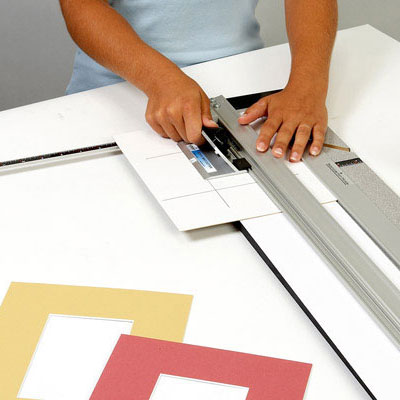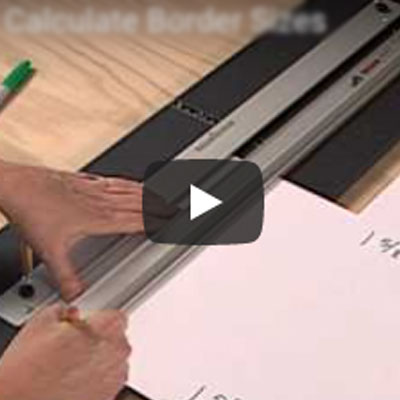The term ‘mounting' can be confusing. For framers, mounting generally refers to a full adhesion of artwork to a backing board (substrate). Full mounting completely restricts the art, so it is a very useful process for flattening and adding rigidity to decorative paper art, but it is not suitable for fine art.
Although some mounting products claim to be reversible, they are not truly reversible. Yes, there are ways to separate the mounted paper from the substrate, but the damage done to the item during the process, the chemicals required, and the residue that remains make this a risky and dangerous practice.
Conservation mounting is a completely different practice. Conservation methods must be totally reversible without leaving any impressions or residue (see pages 35, 36.) Conservation methods are to be used for all valuable, investment, or sentimental value pieces. Full mounting can be used for replaceable, decorative items. There are several methods of full mounting used in frame shops, including dry (heat), wet, spray and pressure- sensitive adhesives. All mounting uses an adhesive and some form of pressure to bond the artwork to the substrate.
To be effective and maintain a pleasing appearance, the mount must be a complete attachment, not just spots or lines of glue or tape. Inadequate support will result in wrinkling, buckling, and bubbles. A successful mount is a combination of proper mounting surface, proper adhesive, and proper technique.
Not all artwork can or should be mounted. With the methods available for home use, posters, reproductions, inexpensive paper art, most photographs, and some fabrics can be mounted. Size is an important consideration. Large pieces can be very difficult to mount; problems with air bubbles, wrinkles, and tears are common. Consider using a professional framer for mounting pieces larger than 20" x 24".













